Chaharbagh, one of Isfahan’s most iconic neighborhoods, is a stunning example of Persian urban design and cultural heritage. Developed during the Safavid era, this neighborhood is centered around the famous Chaharbagh Avenue, a grand boulevard that was commissioned by Shah Abbas I in the early 17th century. The name “Chaharbagh” translates to “Four Gardens,” reflecting the avenue’s design, which was intended to mimic the traditional Persian garden layout.
The avenue itself is lined with towering plane trees, lush greenery, and beautifully landscaped gardens, creating a serene and picturesque setting. Along its length, visitors can find historic buildings, including caravanserais, madrasahs, and pavilions, each showcasing exquisite Safavid architecture. The avenue was designed to connect key parts of the city, linking the royal precincts with the Zayandeh River and the surrounding residential areas.
Chaharbagh is home to the celebrated Chaharbagh School, also known as the Madrasah of Shah Sultan Hossein. This educational institution is a masterpiece of Safavid architecture, featuring intricate tilework, grand iwans, and a stunning central courtyard. The neighborhood also boasts the historic Abbasi Hotel, originally a caravanserai, which offers a glimpse into the opulence and hospitality of the Safavid period.
Historically, Chaharbagh was a bustling hub of commerce, culture, and social life. It remains a vibrant part of Isfahan today, with numerous shops, cafes, and cultural venues that attract both locals and tourists. The neighborhood’s blend of historical charm and modern amenities makes it a lively and dynamic area to explore.
Recognized for its historical and cultural significance, Chaharbagh contributes to Isfahan’s reputation as a UNESCO World Heritage city. A visit to this neighborhood offers a delightful journey through time, where visitors can enjoy the beauty of Persian gardens, admire the architectural splendor, and experience the vibrant life of Isfahan.


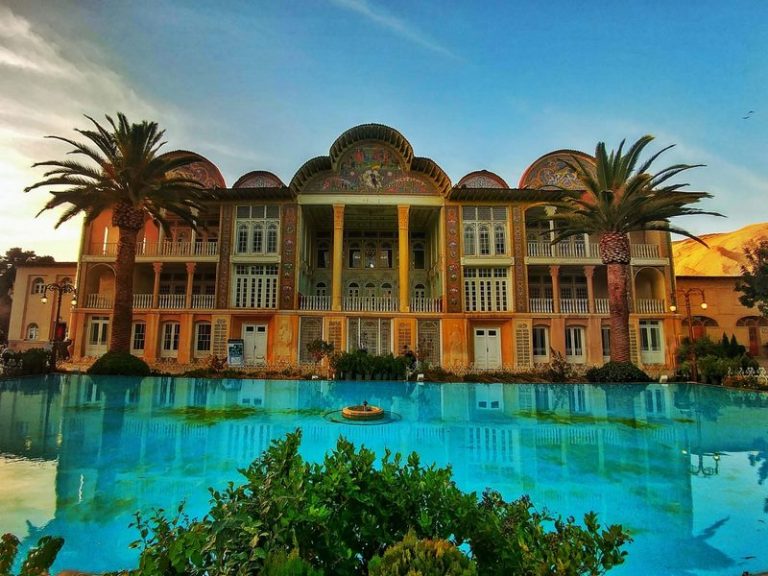
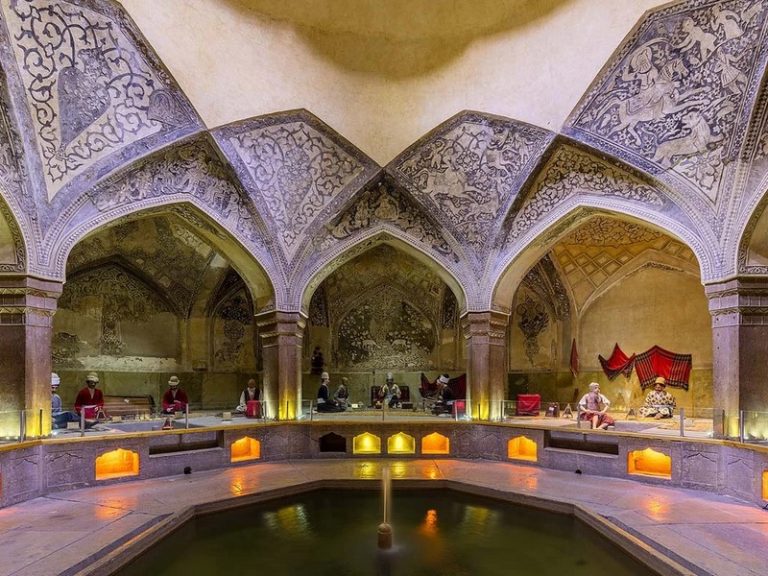
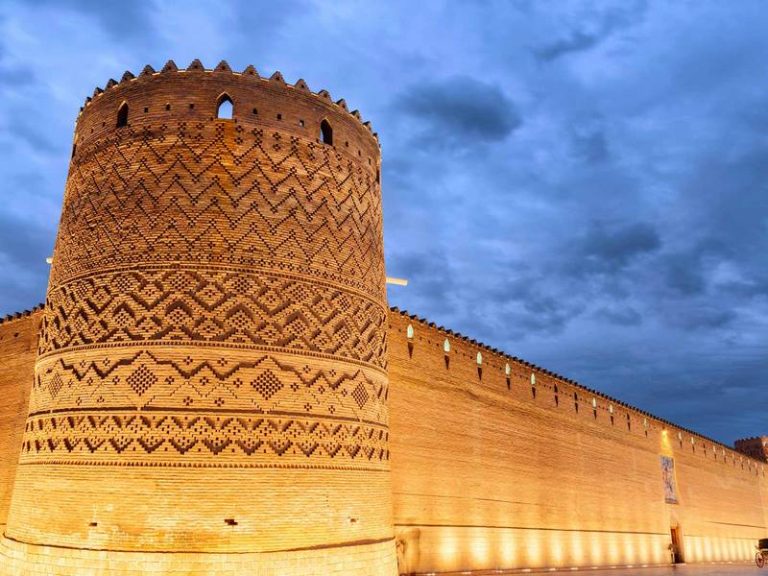
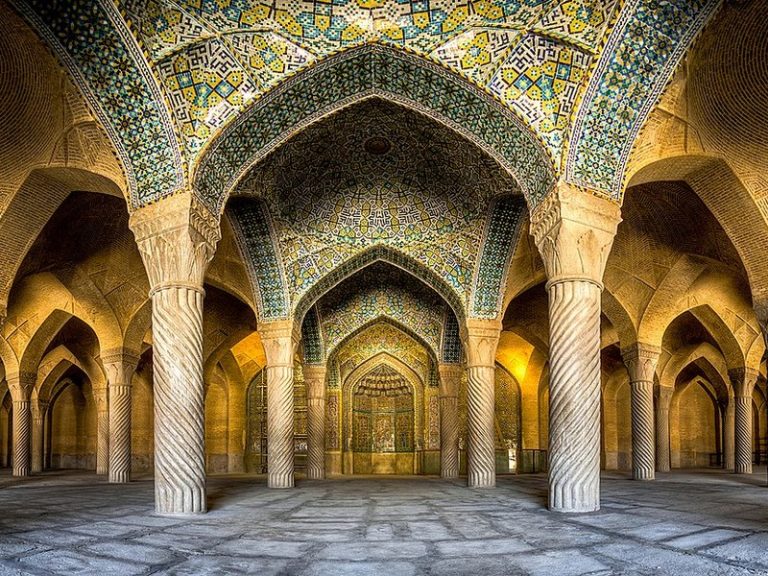
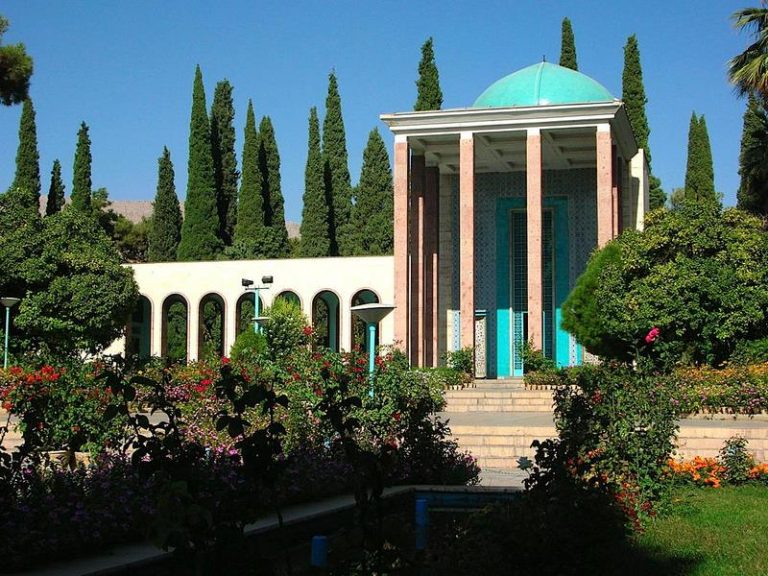

0 Comment